Menses: A “vital sign” for teenaged girls
The menstrual cycle can be an important vital sign providing pediatricians with valuable information about health and disease among girls and young women.
S Paige Hertweck, MD
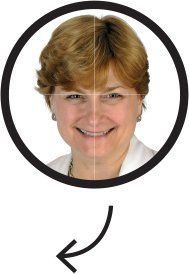
Table 1
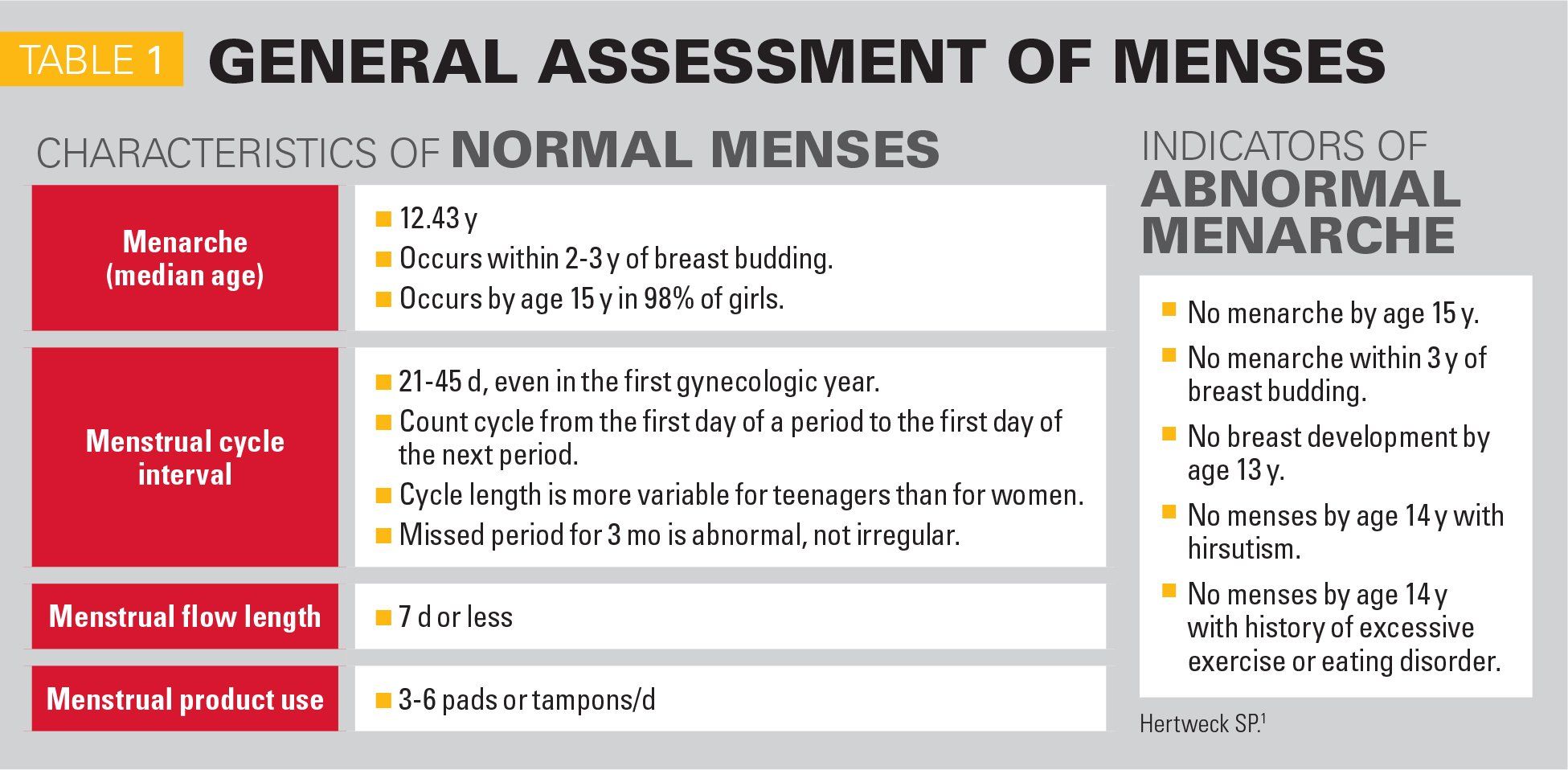
Apps for tracking periods
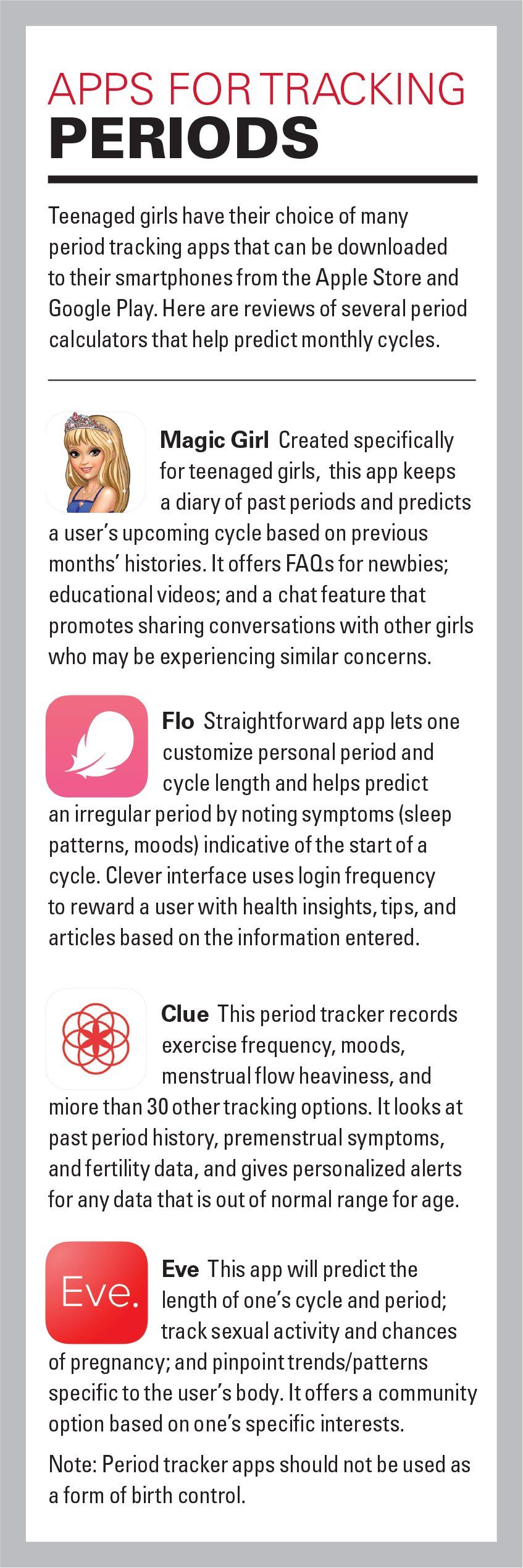
Table 2

Table 3
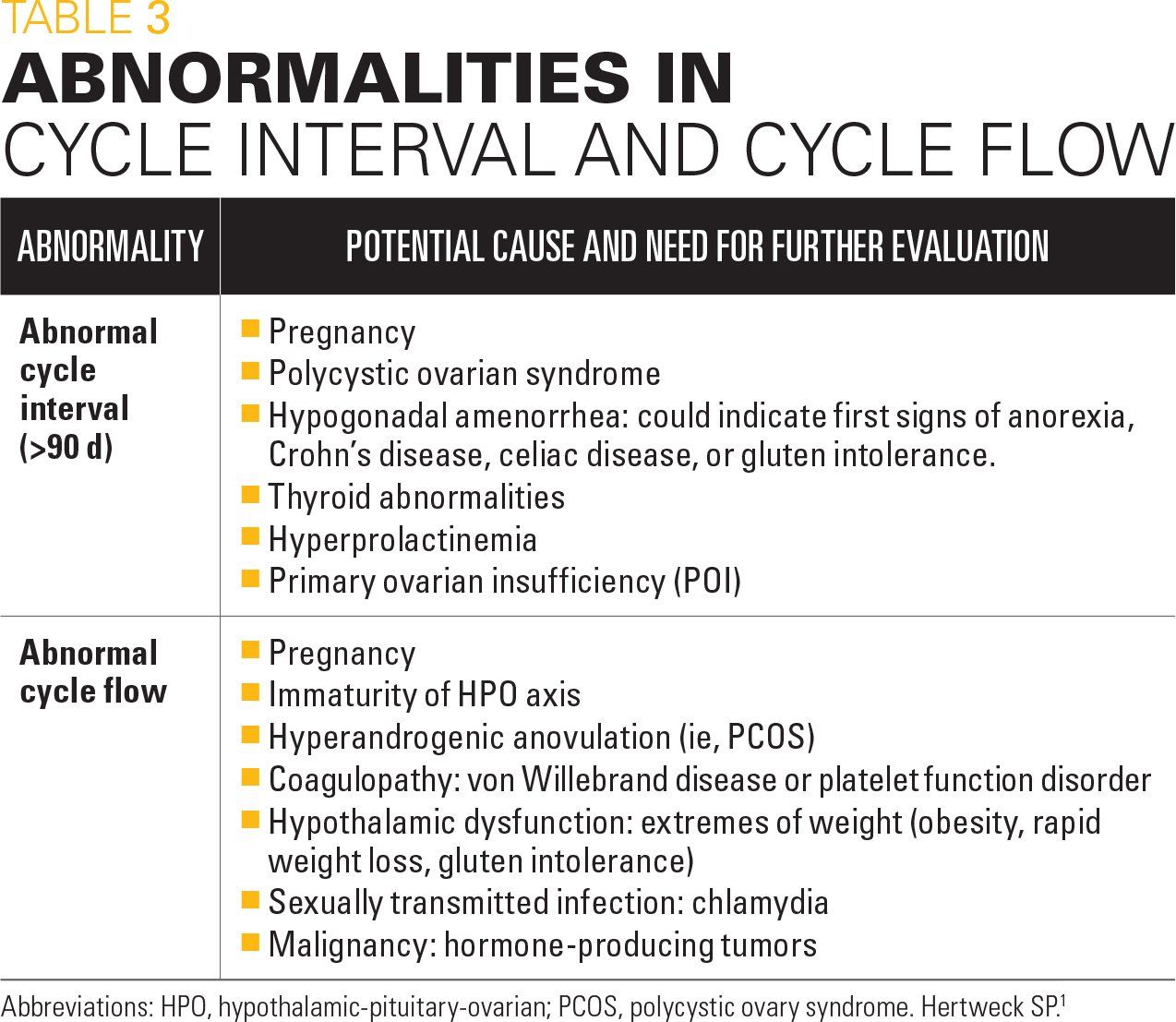
Table 4
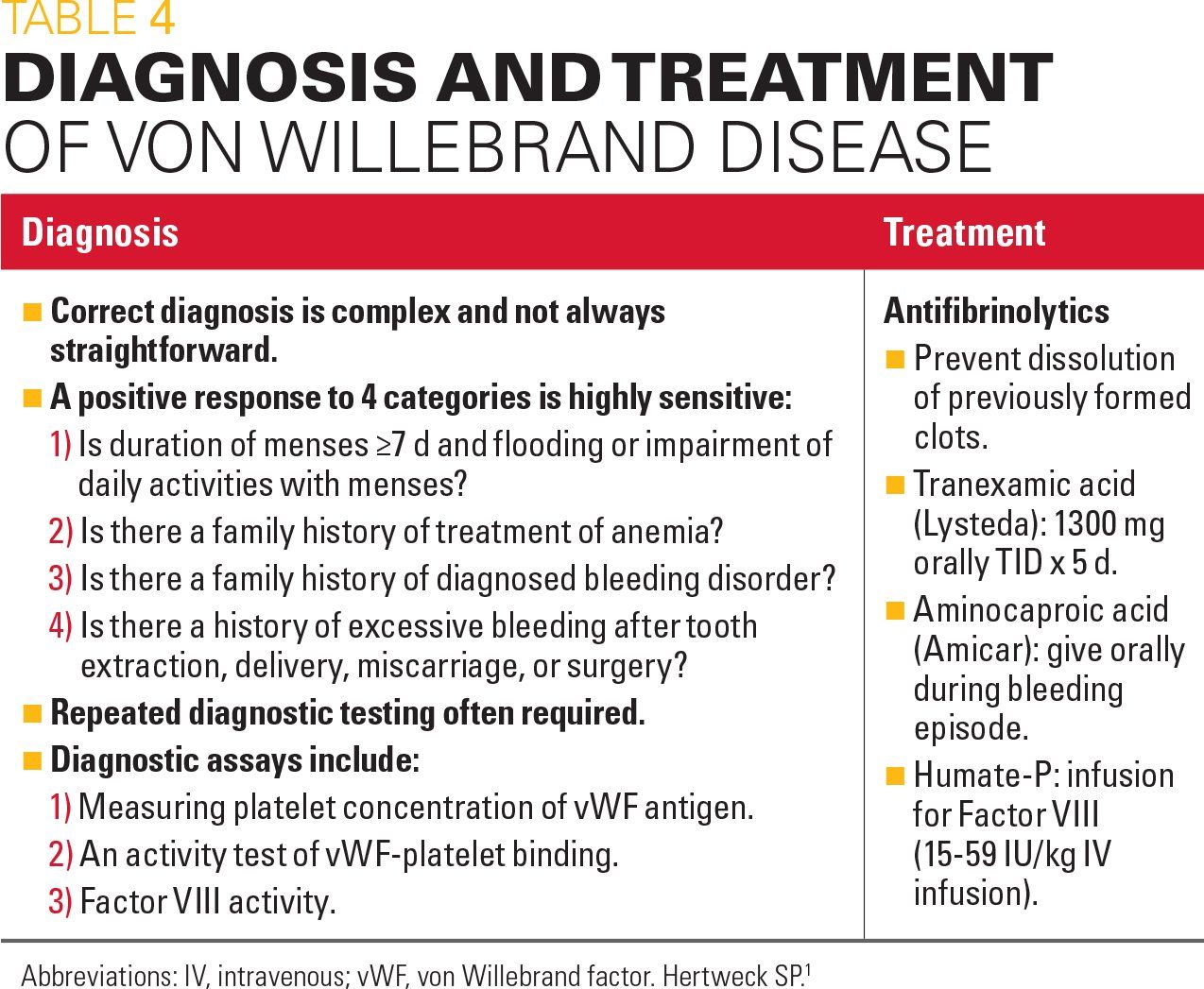
Table 5

“When doing a general assessment of an adolescent girl during a health checkup, remember to ask ‘How are your periods going?’” says S. Paige Hertweck, MD, chief of Gynecology at Norton Children’s Hospital, Louisville, Kentucky.
That question, she suggests, is the basis on which pediatricians can begin the necessary conversation with their patients to both educate them and their caregivers about what a normal menses is as well as to detect any abnormalities that may need addressing.
“Pediatricians need to educate parents, caregivers, and patients about what normal menstruation entails, including normal onset, flow, and duration,” Hertweck says, adding that many pediatricians may not fully recognize and understand what a normal menses should be and therefore may miss indicators of abnormal cycles that require evaluation.
Hertweck provided that information in her session at the 2017 American Academy of Pediatrics (AAP) National Conference titled “Menstrual disorders in teens: evaluation and management.”1 At the hub of her talk was what she referred to as the clinical pearl of educating pediatricians about how to detect and manage menstrual disorders in adolescent girls-the need to use the menstrual cycle as a vital sign.
“I would like pediatricians to realize that we should use the menstrual cycle like a vital sign,” she says. “Just like we look at people’s height and weight and blood pressure, we should consider finding out about an adolescent’s periods when getting a history.”
Normal vs abnormal menses
The phrase “using the menstrual cycle as a vital sign” was coined from the title of a clinical report jointly published by the AAP and the American College of Obstetricians and Gynecologists (ACOG).2 The clinical report provides guidance on what normal menses is and the different types and causes of abnormal menses. Since its publication in 2006, both the AAP and ACOG continue to endorse this report.3
Hertweck touched on key points of this clinical report. She first described what normal menses is and what pediatricians should look for when asking patients about their periods (Table 1). She noted that what is considered normal menarche has not changed substantially in the United States for 25 to 30 years. What has changed, she said, is that some girls are reaching puberty earlier largely because of environmental and nutrition factors that have led to higher body mass indexes (BMIs) than in the past.4
Hertweck particularly underscored the need to understand what normal is in terms of age of onset, frequency, and flow as pediatricians and patients can misinterpret what may indicate an abnormality as simply an irregularity. On average, she says, menarche begins at age 12 years and begins 2 to 3 years after breast budding. “If a girl has a breast bud at age 10 and doesn’t have a period at age 14, something is wrong,” she says. “When you get 3 years out from breast budding and no period, you need to follow up on that.” Table 2 lists what pediatricians should watch for as indicators of abnormal menarche or onset of menses. Girls with these indicators are considered to have primary amenorrhea.
In terms of frequency, Hertweck emphasizes that a normal menstrual cycle runs between 21 to 45 days. Although some periods can be irregular, they rarely fall outside this normal range. In particular, she points out the need to follow up on girls who have missed their period for 90 days. “I think pediatricians can get lulled into the fact that some girls just have periods that are irregular during the first 3 years,” she says. “Yes, periods that range between the 21- to 45-day cycle are acceptably irregular, but if a girl hasn’t had a period for 3 months, you have to ask what is going on,” she says.
When considering menstrual flow, she emphasizes that a normal period lasts fewer than 7 days and normal flow is one that requires only changing a pad or tampon 3 to 6 times a day. “Parents and girls need to write down and report cycles outside this norm to their providers for evaluation,” she says.
Abnormal menses: whom to evaluate
For girls who present with menses outside the norm, pediatricians need to consider a number of disorders. Girls with indicators of delayed menarche (Table 2) have primary amenorrhea and should undergo further evaluation to understand its cause. Hertweck emphasizes that normal menses require an intact central nervous system (CNS) with hormonal connection from the hypothalamus to the pituitary gland, an intact ovarian response, and also the presence of normal reproductive anatomy with intact connection between the uterus, cervix, and vagina.
Depending on anatomic findings noted on physical/genital examination or ultrasound imaging, further evaluation should include checking follicle-stimulating hormone (FSH), thyroid-stimulating hormone (TSH), prolactin levels (CNS/pituitary gland defect), and estradiol level (ovarian response). Table 3 lists menstrual disorders associated with specific conditions.
For girls who have abnormal cycle intervals and/or abnormal cycle flow, further workup is needed to uncover the potential cause. Table 4 lists common causes of abnormal cycle intervals and flow that need further evaluation.
Girls who present with abnormal flow (ie, menorrhagia) should be screened for both a bleeding disorder as well as chlamydia. Hertweck emphasizes that up to 50% of girls with heavy periods could have von Willebrand disease. Another common bleeding disorder to consider is a platelet function disorder. “At a minimum, the pediatrician should check a complete blood count (CBC), ferritin level, and TSH level in girls presenting with heavy menstrual flow,” she says.
Hertweck also emphasizes that girls with menorrhagia should be screened for chlamydia and not just be prescribed birth control pills. “If somebody has been having normal periods and all of a sudden they are heavier than normal and there is bleeding between periods, that could be a sign of chlamydia,” she says.
Along with recognizing and evaluating these abnormalities, a major role of pediatricians is to educate parents, caregivers, and patients on what normal is so that they are aware when an abnormality exists. Hertweck underscores the need for patients and/or parents/caregivers to write down the details of their periods (cycle length and duration, number of pads/tampons used) when outside the norm to help guide evaluation and treatment.
von Willebrand disease as a case study
Hertweck notes one example of management of a common bleeding disorder among girls who present with heavy bleeding is for von Willebrand disease (vWD). Table 5 lists the workup for this disease. Hertweck emphasizes that testing for vWD should be done only during the first 3 days of the menstrual cycle when estrogen levels are at the nadir. If a diagnosis of vWD is made or considered, the patient should be comanaged with hormonal and hematologic medications often via consultation with Gynecology and Hematology.
Summary
Understanding normal menstrual function is essential to understanding health and disease among girls and young women. Pediatricians are in a key role to educate girls and their parents/caregivers about normal and abnormal menses.
Using the menstrual cycle as a vital sign is recommended as it provides important information about the overall health and well-being of young women. Recognition and evaluation of abnormal menses is critical to ensure that the cause is correctly identified and treated. Table 6 summarizes the key points that pediatricians should keep in mind when assessing menses in an adolescent girl.
References:
1. Hertweck SP. Menstrual disorders in teens: evaluation and management. Presented at: American Academy of Pediatrics (AAP) National Conference and Exhibition; September 15-19, 2017; Chicago, IL.
2. American Academy of Pediatrics Committee on Adolescence; American College of Obstetricians and Gynecologists Committee on Adolescent Health Care; Diaz A, Laufer MR, Breech LL. Clinical report. Menstruation in girls and adolescents: using the menstrual cycle as a vital sign. Pediatrics. 2006;118(5):2245-2250. Available at: http://pediatrics.aappublications.org/content/pediatrics/118/5/2245.full.pdf. Accessed October 3, 2018.
3. American College of Obstetricians and Gynecologists Committee on Adolescent Health Care. ACOG Committee Opinion. No. 651: Menstruation in girls and adolescents: using the menstrual cycle as a vital sign. Obstet Gynecol. 2015;126(6):e143-e146. Available at: https://www.acog.org/-/media/Committee-Opinions/Committee-on-Adolescent-Health-Care/co651.pdf?dmc=1&ts=20180712T1833289753. Accessed October 3, 2018.
4. Biro FM, Pajak A, Wolff MS, et al. Age of menarche in a longitudinal US cohort. J Pediatr Adolesc Gynecol. 2018;31(4):339-345.

Having "the talk" with teen patients
June 17th 2022A visit with a pediatric clinician is an ideal time to ensure that a teenager knows the correct information, has the opportunity to make certain contraceptive choices, and instill the knowledge that the pediatric office is a safe place to come for help.
Meet the Board: Vivian P. Hernandez-Trujillo, MD, FAAP, FAAAAI, FACAAI
May 20th 2022Contemporary Pediatrics sat down with one of our newest editorial advisory board members: Vivian P. Hernandez-Trujillo, MD, FAAP, FAAAAI, FACAAI to discuss what led to her career in medicine and what she thinks the future holds for pediatrics.